Camera Obscura
A camera obscura (‘Dark Chamber’ in Latin) is a darkened room or box with a small hole or lens on one side. The light comes from the small hole which then projects an image on to the wall upside down. This technique was used for centuries to view eclipses without damaging people’s eyes, then from the 17h century artists used it to draw.
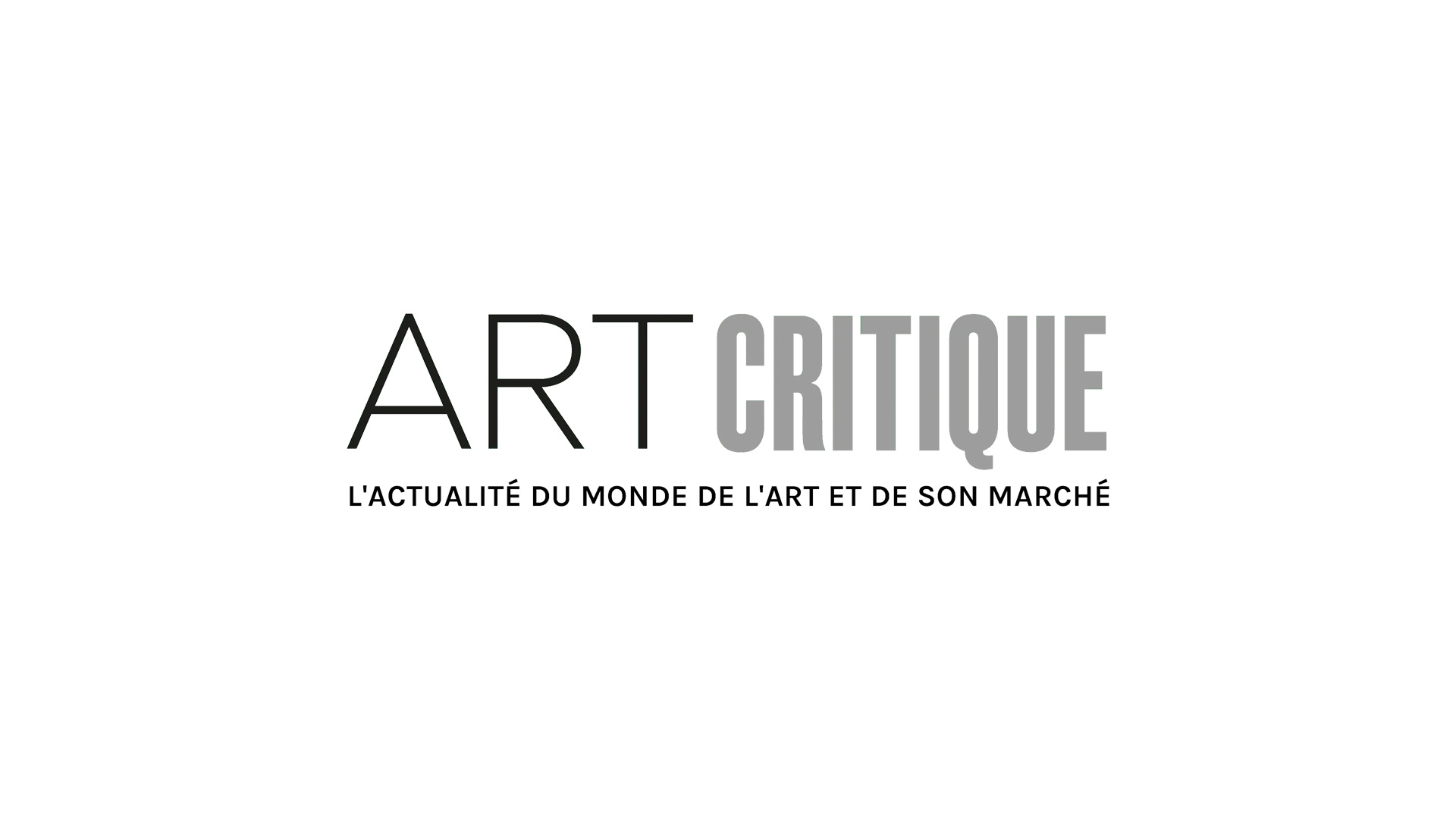
Nicephore Niepce
Nicephore Niepce was a French inventor of the 18th century. He was credited as the ‘inventor of photography’ because he created the first permanent photographic image through the process of heliography (“sun writing” in Greek). He captured the scene with a camera obscura projected onto a pewter plate thinly coated with a naturally occurring asphalt before letting the photo sit for 8 hours to gather exposure. His work inspired other inventors and artists like Louis Daguerre.

Louis Daguerre + Daguerreotype
Louis Daguerre was a French artist and photographer, recognised for his invention of the daguerreotype process of photography. He is known as one of the fathers of photography.
The daguerreotype was the first commercially successful photographic process (1839-1860) in the history of photography. This method consisted of treating silver-plated copper sheets with iodine to make them sensitive to light, then exposing them in a camera and “developing” the images with warm mercury vapour. Unlike heliography, this process only needed 20 minutes of exposure.
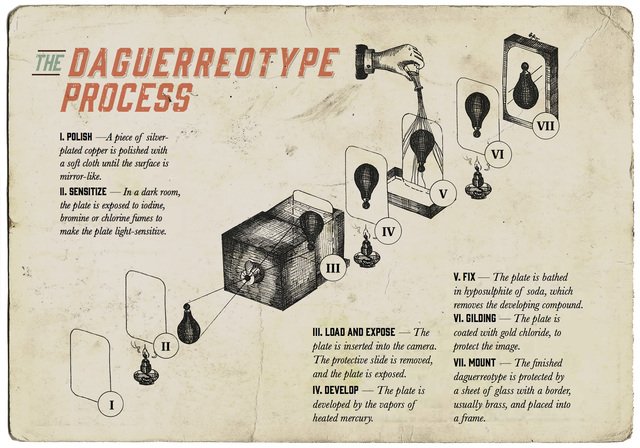
/https://tf-cmsv2-smithsonianmag-media.s3.amazonaws.com/filer/bd/7d/bd7d625e-d40d-431e-baca-34578201261b/daguerreotype4.jpg)
Henry Fox Talbot
Henry Fox Talbot was an English scientist, inventor and photography pioneer who invented the ‘salted paper’ and ‘calotype’ processes.
The ‘Salted Paper’ process was discovered in 1834, and it was used to create photogenic drawings, meaning drawings produced by light. The process involved dipping the paper in a solution of sodium chloride and coating one side with silver nitrate. An impression of an object was then made by placing it on the sensitized side of the paper and exposing it to the sun.

Calotype(Ancient Greek for “beautiful impression”), also know as Talbotype, was introduce in 1841. In this technique, a sheet of paper coated with silver chloride was exposed to light in a camera obscura; those areas hit by light became dark in tone, yielding a negative image.

(detail), before December 13, 1845, salted paper print from a calotype negative, Gift of the William Talbott Hillman Foundation
Richard Maddox
Richard Leach Maddox was an English photographer and physician who invented lightweight gelatin negative plates for photography in 1871. This enabled photographers to use commercial dry plates off the shelf instead of having to prepare their own emulsions in a mobile darkroom. This meant that cameras were now small enough to be handheld which made photography more convenient.
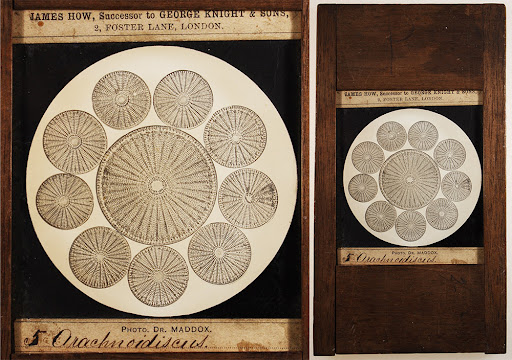
George Eastman and Kodak(Brownie)
George Eastman was an American entrepreneur who founded the Eastman Kodak Company and helped to bring the photographic use of roll film into the mainstream.
The Brownie was first introduced in 1900 and it was a basic cardboard box camera with a simple meniscus lens that took 2 1/4-inch square pictures on 117 roll film. Its original price was $1, with the film rolls and processing being even cheaper, and it allowed the product to sell more than Eastman thought. Brownies were marketed to children and were also taken to war by soldiers.

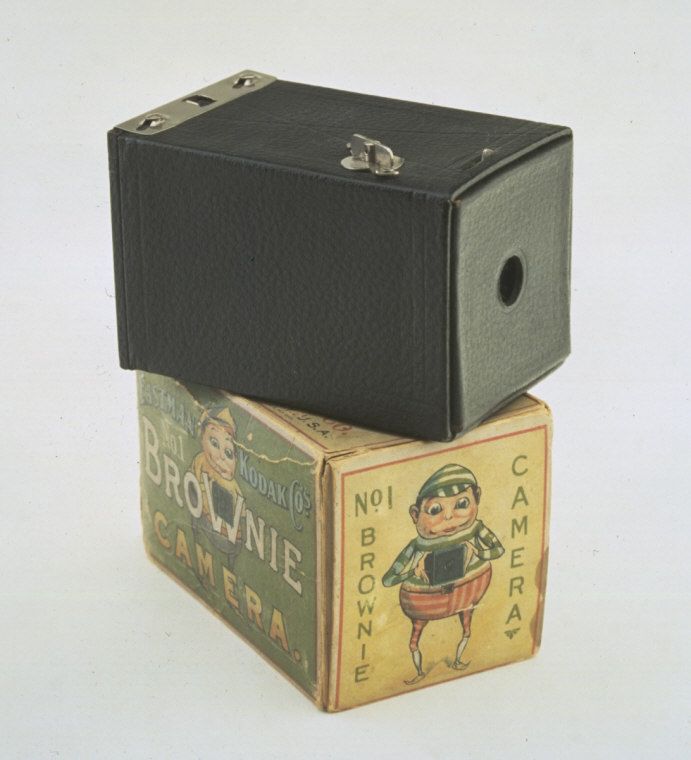
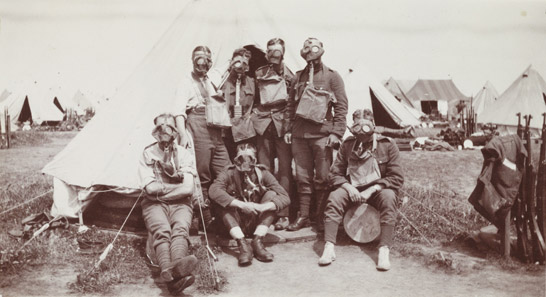
Digital Photography
Digital photography uses cameras containing arrays of electronic photodetectors to produce images focused by a lens, as opposed to an exposure on photographic film. The first digital picture was taken in 1957 by Russel Kirsch and it was one of his son. Digital photographs have become more common now due to the ‘camera’ tool on phones, which has made photography more accessible than ever.

